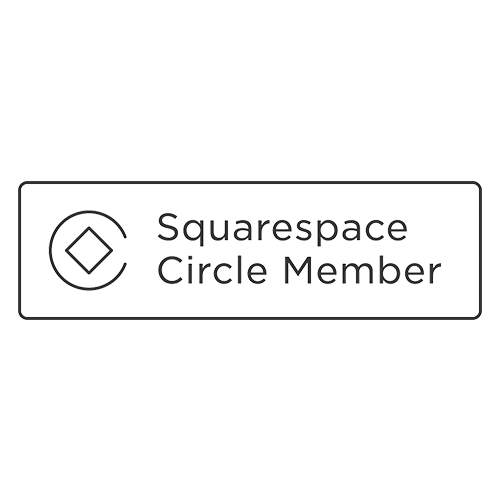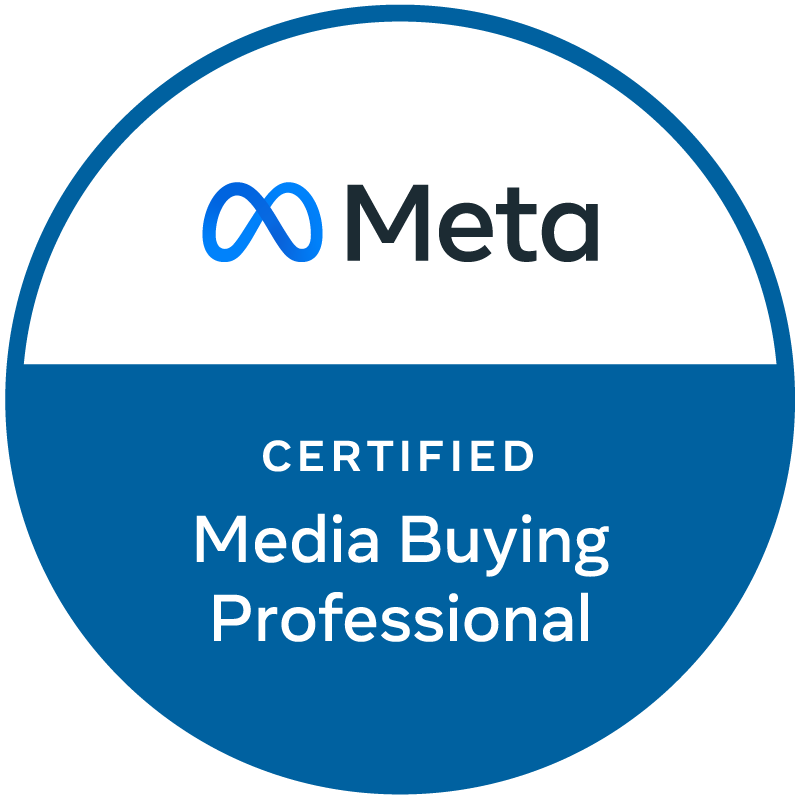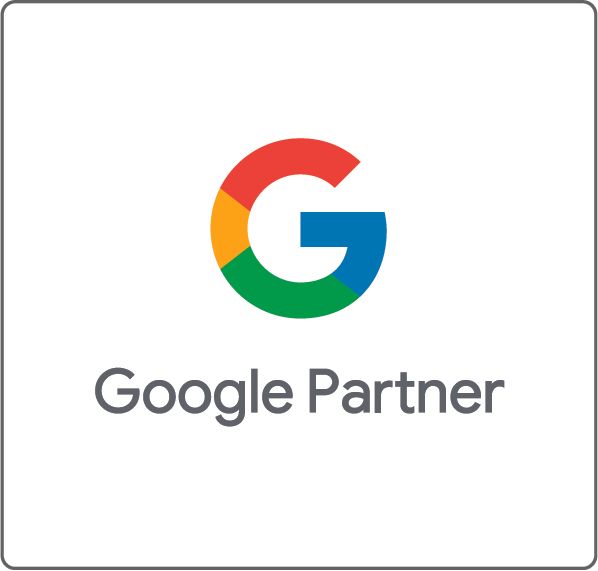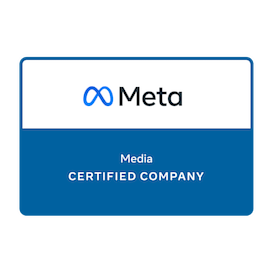Building Dreams with Lego! By Julia Day
Sometimes all you need to get an idea started is to have the right building blocks. Literally. With Legos, you can build anything you imagine. For nearly eighty years, Legos have been giving both children and adults alike the chance to create their wildest dreams, from a spaceship to a city skyline, all with the simplicity of piecing together small, colorful, plastic bricks.
As of 2015, Lego surpassed Ferrari as the world’s most powerful brand according to Brand Finance.
This was judged by measuring Lego’s Brand Strength Index, on which it scored extremely high on measures including familiarity, loyalty, promotion, staff satisfaction and corporation reputation.
Sometimes all you need to get an idea started is to have the right building blocks. Literally. With Legos, you can build anything you imagine. For nearly eighty years, Legos have been giving both children and adults alike the chance to create their wildest dreams, from a spaceship to a city skyline, all with the simplicity of piecing together small, colorful, plastic bricks.
As of 2015, Lego surpassed Ferrari as the world’s most powerful brand according to Brand Finance. This was judged by measuring Lego’s Brand Strength Index, on which it scored extremely high on measures including familiarity, loyalty, promotion, staff satisfaction and corporation reputation.
Lego brands itself with the mission “to inspire and develop the builders of tomorrow,” but over the course of their rich, company history, they have become much more than that to their customers. Kids love the ability to tangibly express their imaginations, and parents often experience brand loyalty having grown up with the toys themselves. At its surface, Legos are plastic construction toys. At its heart, Legos allow for the expression of imagination, creativity, fun, learning, caring and quality.
Lego allows its consumers the ability to not only construct their own creations, but also combine it with their love of pop-cultural television shows, movies, video games, and even theme parks. That’s right, folks. You want to build your own Millennium Falcon from Star Wars? Want to play the Lego: The Lord of the Rings videogame? Lego has got you covered! Additionally, the release of The Lego Movie in 2014 created a resurgence of popularity for the brand, earning nearly $500 million domestically and placing the company as the largest toymaker in the world. And if that $500 million from the movie didn’t make your mouth drop, here’s some more numbers for you. Lego, collectively, has a brand value/net worth of approximately $6.2 billion as of May 2015.
CNN Money cited Lego as the 83rd most valuable brand as of October 2015. “Lego is a brilliant example of a legacy brand that is keeping its proposition relevant by evolving the experience,” said Interbrand director Rebecca Robins.
But what is it that makes Legos so gosh darn lovable? What created this intense brand loyalty, and how has Lego risen to the status that it has today?
Rohit Deshpandé and Anat Keinan from the Harvard Business School have that answer. According to their article “Brands and Brand Equity,” branding is an essential building block to making a company successful. And no, that doesn’t mean just having an eye-catching logo. The authors suggest that branding goes far deeper than that, and instead relies heavily on the ideas about the product that create the brand’s culture and identity. These stories that make up the brand culture are illustrated by the firm, its influencers, its customers, and popular culture.
Lego already has an advantage in regards to its firm being known as a fun children’s toy company. Customers develop personal and often deep connections with many of their Lego creations, often leaving them on display in their homes. Popular culture has capitalized using Legos, having signed lucrative license deals with major franchises including Harry Potter, Star Wars, Jurassic Park, and others to cross-promote their products by allowing Legos to create custom figures and models. And ultimately, Lego has gained the respect of influencers who have seen the impact Lego has had on the toy industry (as seen from its recent ranking as most powerful brand).
Of course, there are numerous other elements involved that create a dynamite formula for successful branding. Deshpandé and Keinan cite these as being brand awareness, perceived quality, brand associations, brand loyalty, and other brand assets. Again, Lego scores an A+ on all of these metrics. Lego is a global product, often expensively priced for its known quality, is associated with other popular brands through licensing, and incites nostalgia through the childhood connection that the product create once introduced at a young age.
Toy manufacturing competitors, such as Mattel, have attempted to break into the building blocks market with Mega Blocks. No matter how hard competitors try to break into the market however, Lego holds a whopping 85 percent of the building block market share.
Lego has been smart about their digital presence as well. Their Facebook page currently has over 10 million likes, their Instagram with nearly 1 million followers, and their Twitter with over 333 thousand followers. Lego also has a YouTube channel with over 1 million subscribers, which posts content daily of short animated videos, or new product promotions. In promotion for The Lego Movie, the original song “Everything is Awesome” was recorded with an accompanying music video, which has nearly 43 million views on YouTube. The release of Star Wars: The Force Awakens has also allowed Lego a vast amount of marketing opportunities for their products. Often other YouTube channels will promote Lego through their own channels, showing off their creations or making customer review videos.
The Lego fandom is real, it’s here, and it’s here to stay. Whether it be an adult reliving their nostalgia through buying an expensive rare Lego set, or a 5-year-old building their very first Lego creation, these tiny blocks spark enjoyment in all of its consumers. Ad Week author Sam Thielman puts it best in his article, stating “…the central creed at Lego: Get kids to build things. And because many at the company truly believe that Lego products exist in the service of children, rather than the reverse, employee loyalty and quality control are more or less a given.”
So, ladies and gents, if you’re looking for a top notch example of what branding should be, turn your attention to Lego. Want to improve your own company’s branding? Pick up some of Legos “blocks,” and build from there.
Never miss an update from “The Shoppe,” sign up for our email list today!
Subscribe
Sign up with your email address to receive news and updates.
Subscribe
We will get back to you as soon as possible.
Please try again later.
We respect your privacy.
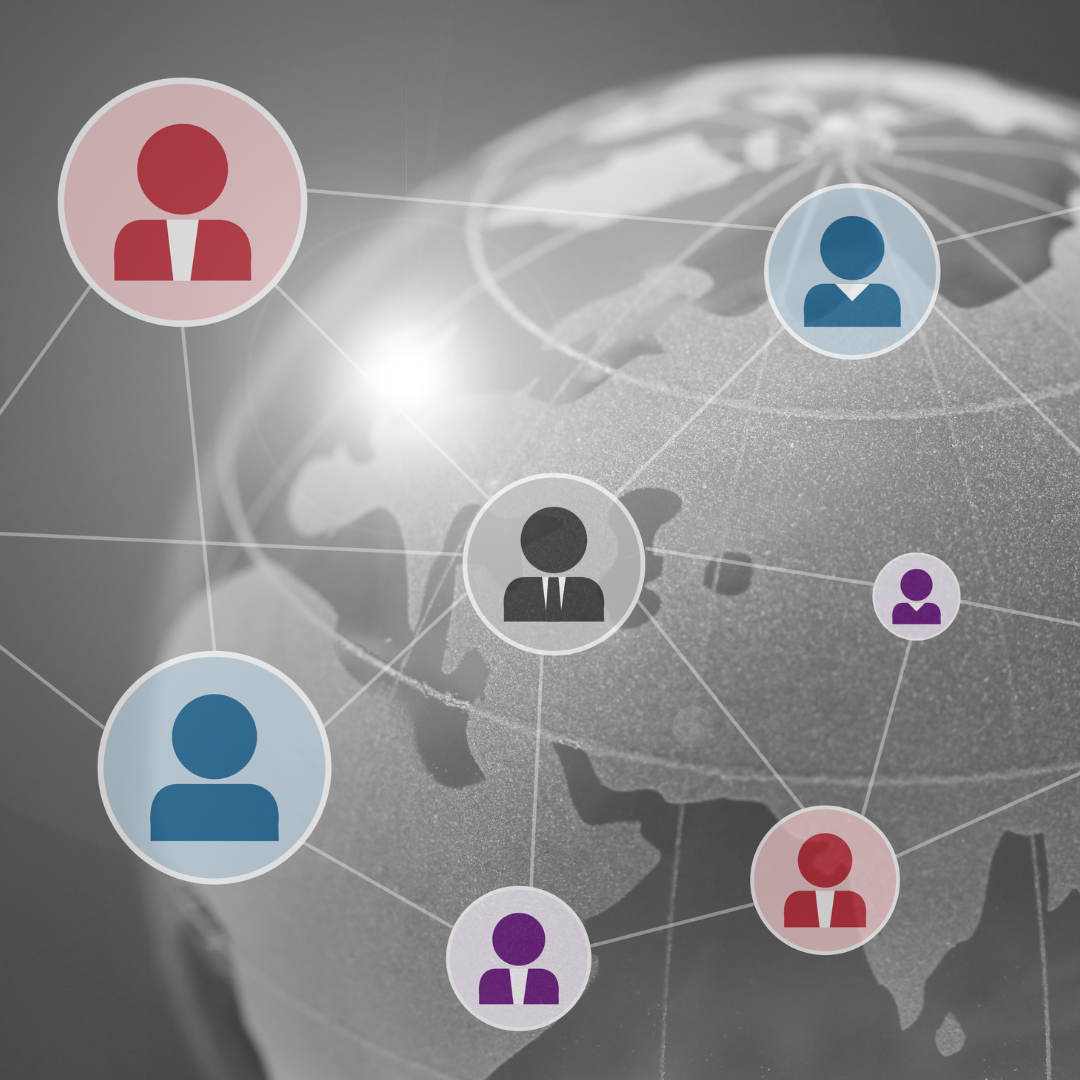
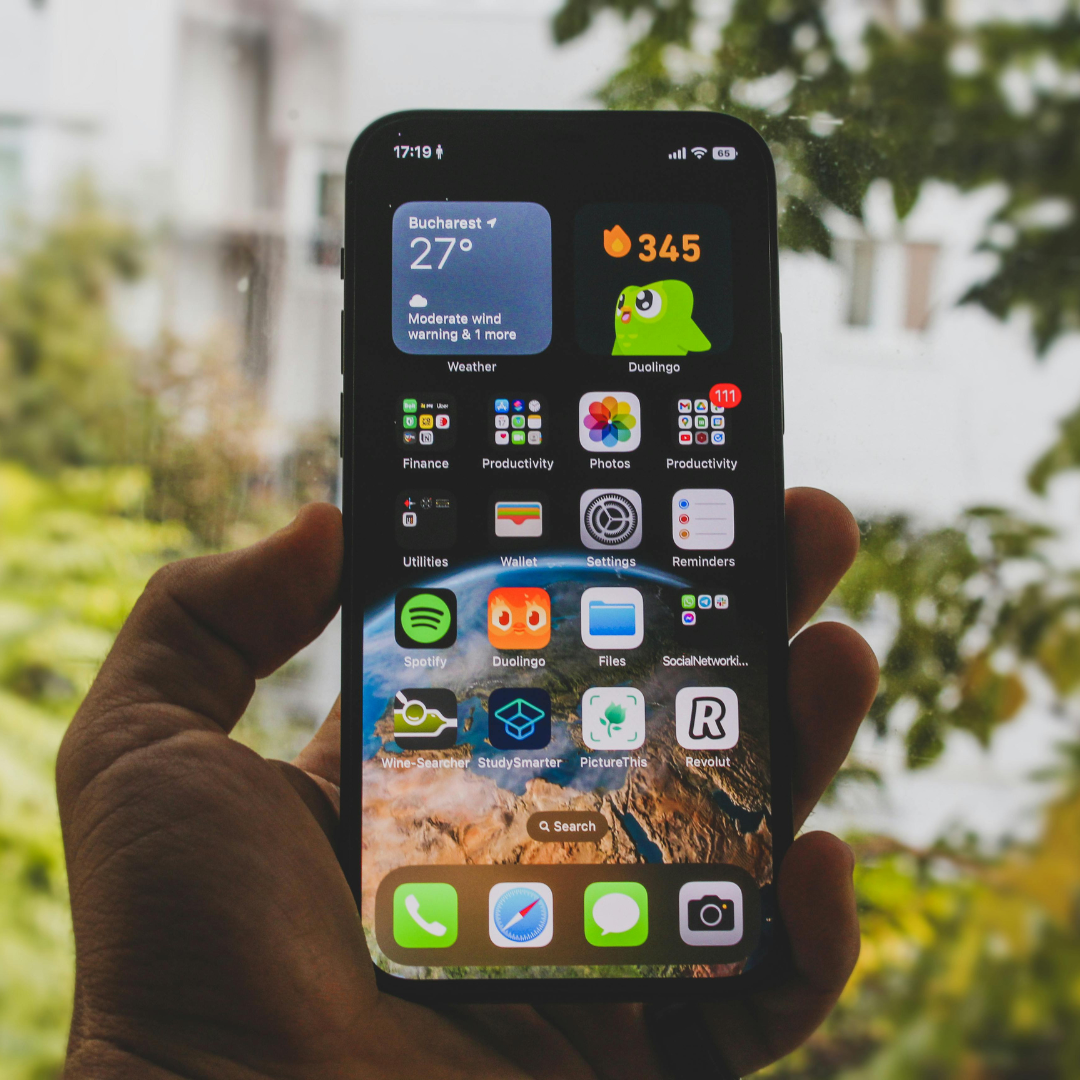
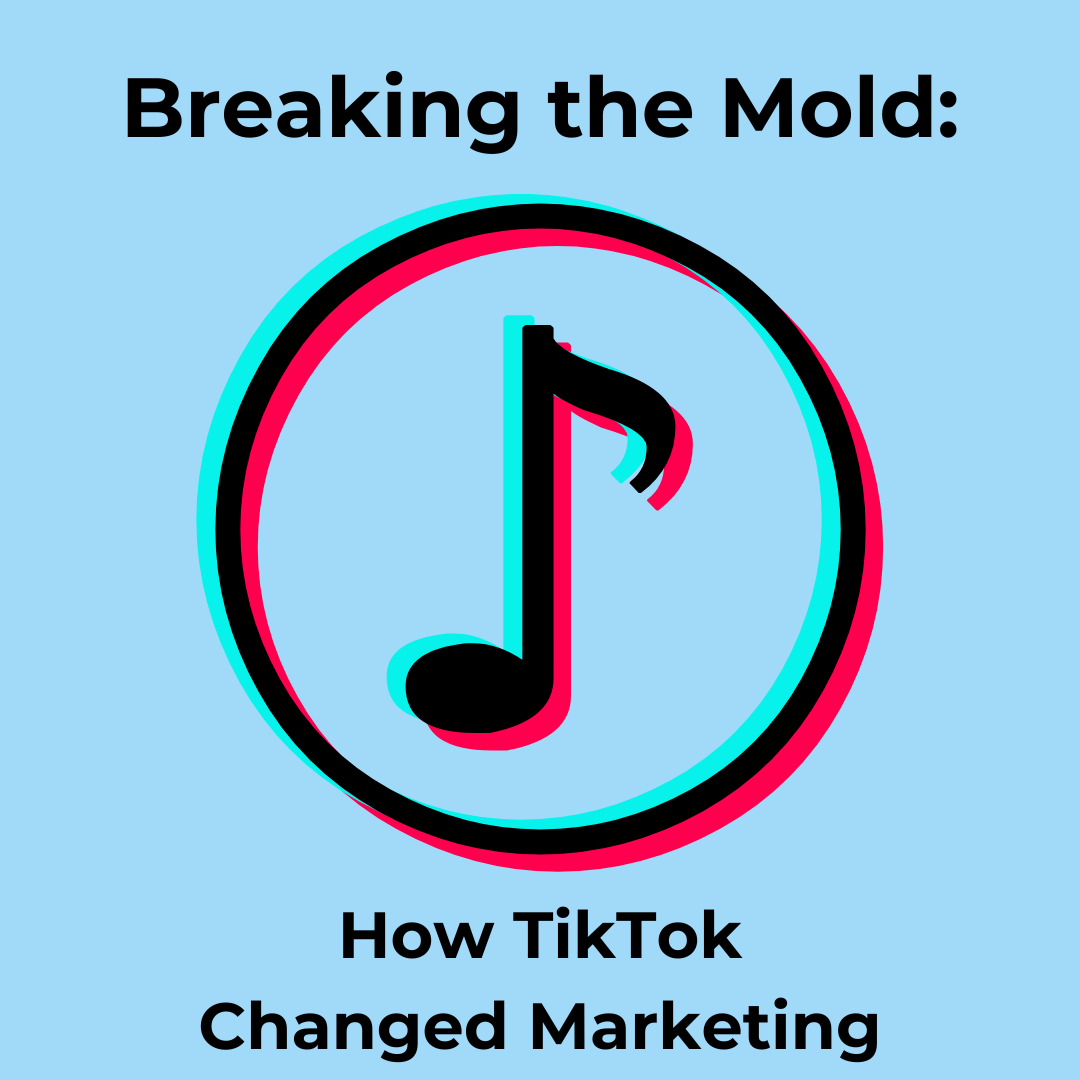

Address
4 Corporate Drive,
Clifton Park, NY 12065
Shopper and Marketing Insights to Your Inbox!
Sign up with your email address to receive updates and insights from the SparkShoppe team!
Newsletter footer
We will get back to you as soon as possible.
Please try again later.
We support your right to privacy and therefore will not disclose your personal data to other organizations, third party vendors, suppliers or marketers.
© 2024 All Rights Reserved | Privacy Policy | Accessibility Statement




